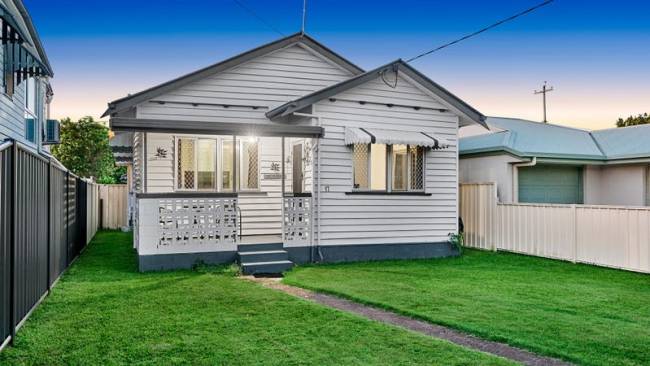Backyard garden tips: rent-friendly hacks and ideas that’ll make your place feel like it’s home
Just because you live in a unit or rent doesn’t mean you can’t transform your outdoor space into something special. Here’s how to get started.
Property
Don't miss out on the headlines from Property. Followed categories will be added to My News.
Outdoor transformations aren’t only for homeowners.
Just because you’re renting – and are limited on space – doesn’t mean you can’t create a stellar outside area where you can relax and entertain.
Sure, you may not be able to knock down walls to create more room. And you will have to accept the dated tiles on the balcony.
The good news is there are a bunch of rent-friendly hacks and ideas that’ll make your place feel like it’s home, from creating a vegie garden to investing in quality pieces and using soft furnishings. All you need is a bit of creativity, and a free afternoon (or two). We spoke to home stylist Aylin Rust, owner of Vie Interior Design, to get her thoughts on how to transform your balcony or a small outdoor area into one you love.
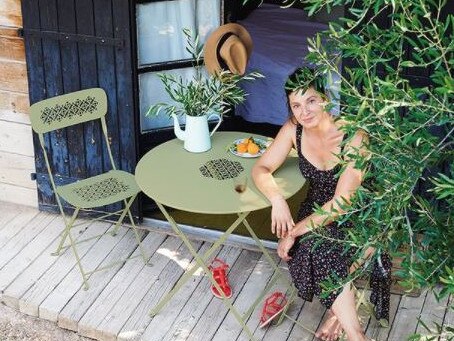
Start with a plan
Before you begin, it’s important to start with a plan for the layout and be realistic about what you want to use the space for, Aylin says.
Are you more likely to use the area to sit and read a book, or for dining and entertaining guests?
“Having a clear vision will help save you time and ensure you don’t waste money on pieces that won’t work,” she says.
Keep the purpose of the space at the forefront of your design, so it will not only look stylish, but will also be practical.
Opt for quality pieces
If you can, choose quality pieces of furniture for your balcony or outdoor space that are weather resistant and durable – Aylin recommends looking for dining tables and chairs that are made out of teak wood.
While the upfront cost will be more expensive, with a little maintenance those pieces will last you a long time. If you’re short on space, stump stools are an excellent way to add additional seating while also doubling up as a side table.
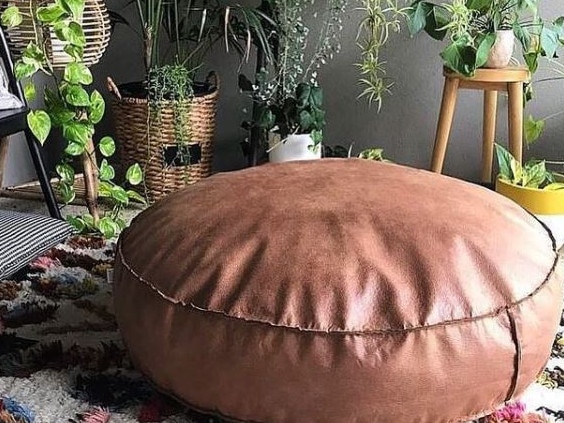
Styling isn’t just for indoors
Aylin says to add comfort, colour and cosiness to your outdoor area with soft furnishings such as decorative cushions and throws. Outdoor rugs are also a brilliant addition as they add texture to your space – just make sure the rug your purchase is durable.
Try to reference elements or colours you have incorporated inside your home, as this will create a seamless transition between indoor and outdoor spaces, and ultimately make your outdoor area feel larger and cohesive.
Vegie gardens and potted plants
Lush greenery, vegie gardens and herbs breathe life into an outdoor space, add vibrancy and colour, and can also help with privacy. If you’ve got a small area, make the most of what you’ve got with a vertical garden.
Aylin recommends creating an outdoor oasis with potted plants, saying odd number groupings work best. And they are easy to take with you when you move to your next home, too.
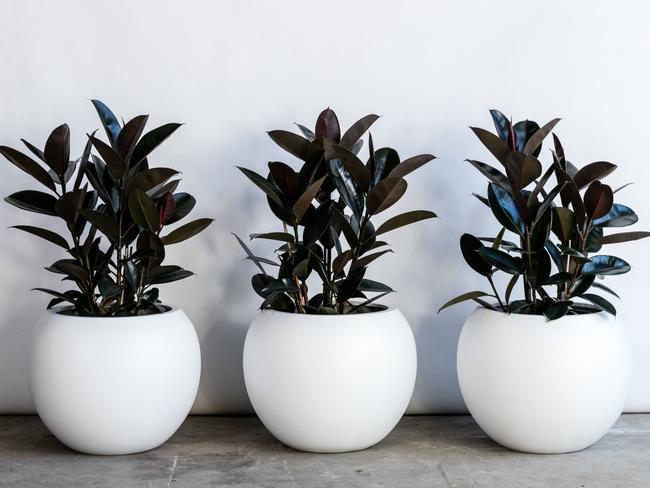
“I like to stick to groups of three with staggered heights and different plants to add variation and interest,” she says.
Create your own mini vegie garden by planting tomatoes, lettuce and beans in a timber planter box. Herbs such as mint, parsley, coriander, basil and thyme thrive in pots on balconies, too. Citrus plants like mandarin and lemon are worth considering or an olive tree will look striking in a stand-alone pot.
Think about the lighting
Lighting is an effective and affordable way to transform your outdoor area when you’re renting. Try a string of fairy lights, outdoor scented candles or hurricane lanterns in your space, which will add a bit of magic and ambient lighting.
Aylin says always consider your light globe colour, as it’s amazing how much lighting can affect your moods.
“Warm white lighting makes a space feel cosy, inviting, intimate and relaxing, so keep this in mind when selecting lighting or replacing globes.”
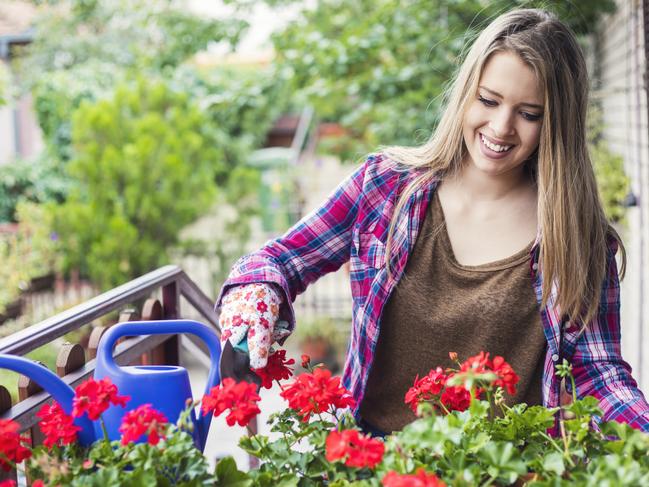
Barbecues and pizza ovens
One of the best things about having an outdoor area is having people over for drinks and nibbles. So invest in a pizza oven or a portable barbecue that tick both the style and space-saving boxes, such as a Weber Baby Q.
Impress guests with pizzas with tomatoes/basil plucked straight from your garden.
NEW ROSE RELEASES TO WOW AUSSIE BACKYARDS
Just as many people get excited by the new-season fashion releases from the major European labels, rose lovers eagerly await the new-season rose releases each winter.
This year, more than 33 roses will be released, so here is a selection, all chosen for being easy to grow, repeat flowering and disease resistant.
ROALD DAHL is a David Austin rose named to honour the famous author. This English rose has medium-sized, cupped rosettes in a popular apricot colour, very few thorns, and has a mild tea rose scent. In 2020 it received a silver medal at the National Rose Trial Garden Awards and award for most pest and disease resistant rose.
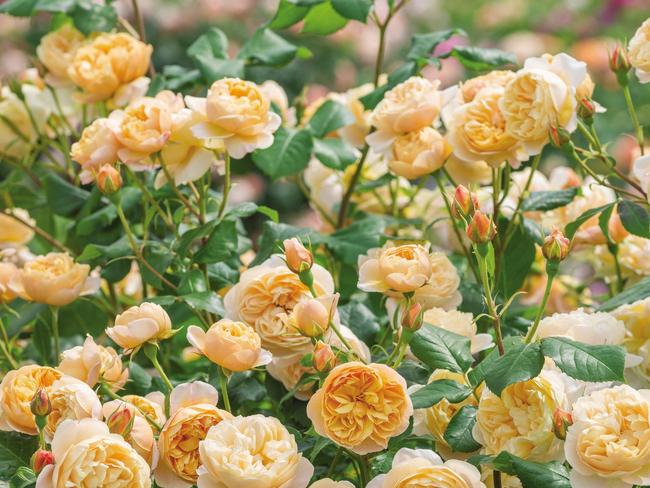
BATHSHEBA is a vigorous climbing David Austin rose named from Thomas Hardy’s novel ‘Far from the Madding Crowd’ where the heroine is Bathsheba Everdene. It can get to 3m high with apricot-pink and yellow, cupped blooms with a beautiful strong myrrh fragrance and hints of honey and tea rose.
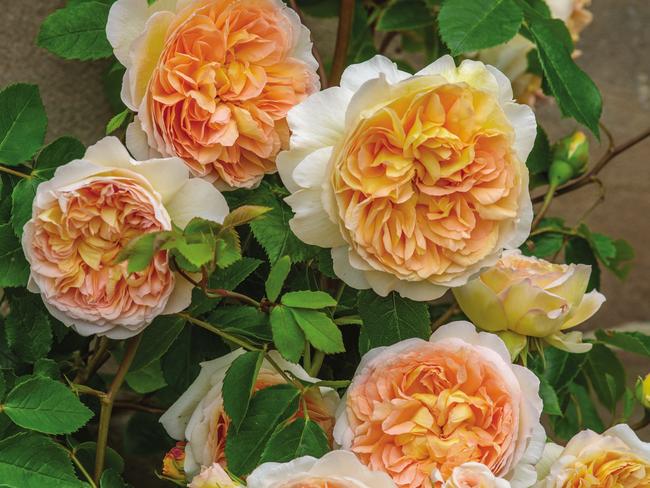
BEES’ PARADISE ROSE PINK is a landscape rose from German rose breeder Tantau. It requires minimal maintenance and has open, flat flowers easily accessible to bees and insects. This rose is multi-award winning with clusters of semi-double pink flowers which open to reveal rich yellow stamens. It grows to 0.6m, is quick to repeat flower, while spent flowers drop naturally.
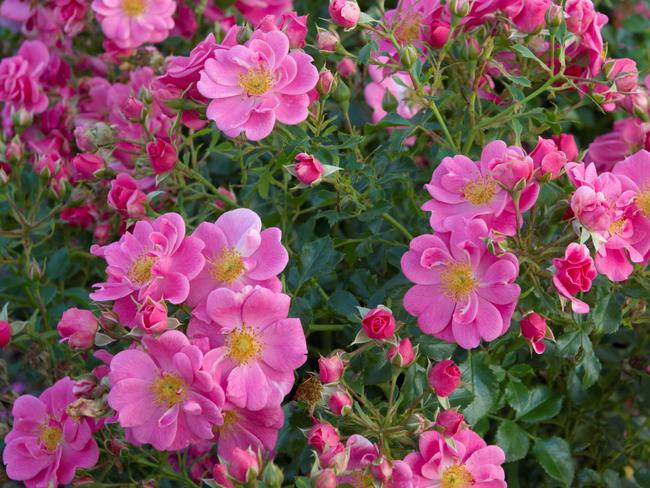
UNCONDITIONAL LOVE is an intensely fragrant, classic shaped rose, and relative of the popular Hybrid Tea “Love You”. Large, pointed buds produce beautiful spiral shaped flowers with a lighter cream reverse, complemented by lush, dark green foliage. An upright bush to 1.6m.
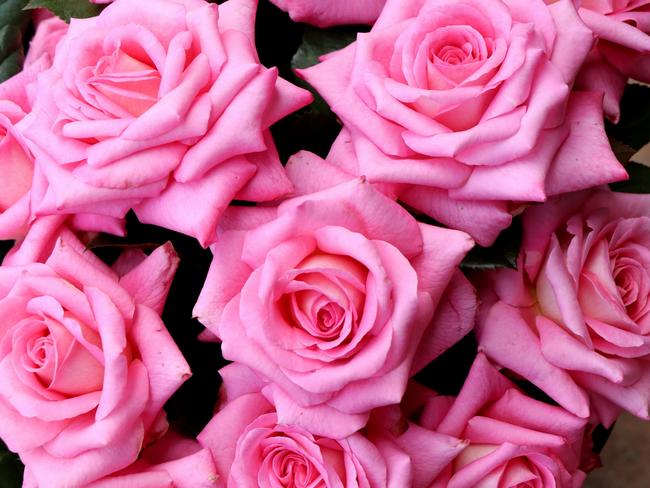
SAMANTHA’S DREAM is an Australian bred, dainty Hybrid Tea rose by Richard Walsh from NSW. It has medium sized, classic blooms in shades of apricot with a light fragrance and held on long stems. This rose grows to 1.2m and only has a few prickles.
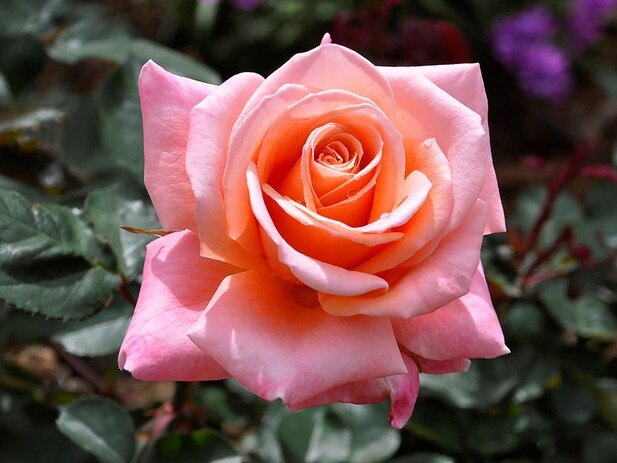
NEON SUNSET is an Australian bred mini-flora rose by Paul Hains from Queensland. It produces dark red buds which open to an iridescent orange with up to three blooms to a stem. The bush has glossy foliage and strong growth up to 0.7m.
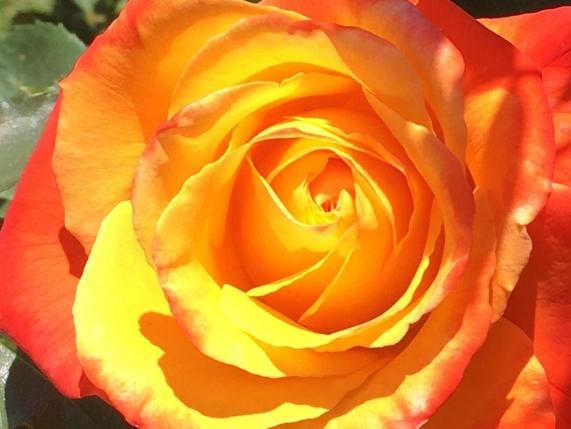
HAPPY BIRTHDAY! has been bred by rose grower Bruce Brundrett in Victoria. It is a Hybrid Tea rose to 1.4m with bright yellow buds and a light fragrance. In 2017, it won best shrub rose award in the National Rose Trial Garden Awards and the best Australian bred rose.
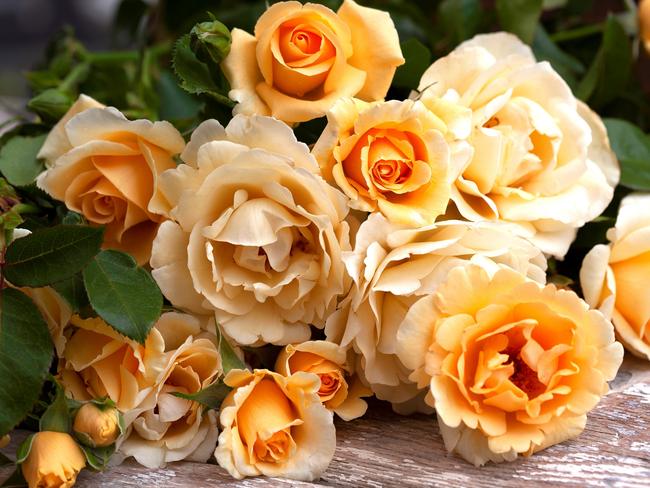
THE SISTERS ROSE is a Hybrid Tea from Meilland in a mix of creams, yellows and pinks giving the feeling of handpainted petals. It grows to 1.5m. It received a bronze medal in the National Rose Trial Garden Awards and its sales support the St Vincent’s Hospital Foundation.
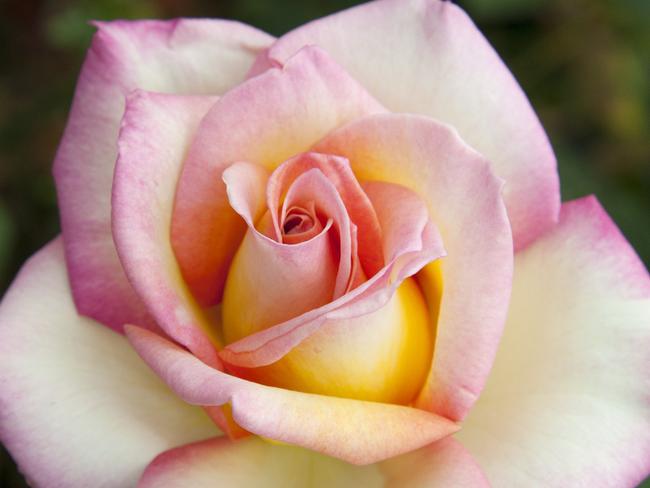
MANDARIN is a miniature apricot rose from German rose house, Kordes. Forming a compact bush to 0.5m, it won multiple awards at the 2019 National Rose Trial Garden Awards including the ‘Best miniature or Miniflora rose’, the ‘Most pest and disease tolerant rose’ and a silver medal overall.
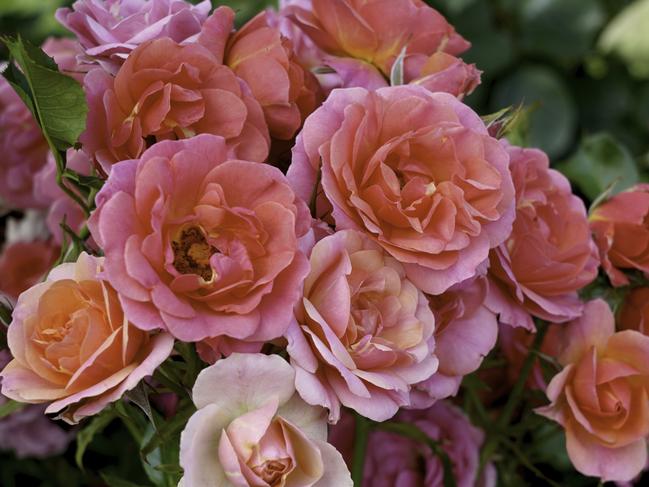
AFRIKAANS is a Kordes Floribunda rose which produces informal blooms of vivid orange on a golden base and is loved by bees. This rose is heat tolerant and forms an almost evergreen bush to 1.2m. It received the ‘People’S CHOICE AWARd’ at the 2021 National Rose Trial Garden of Australia.
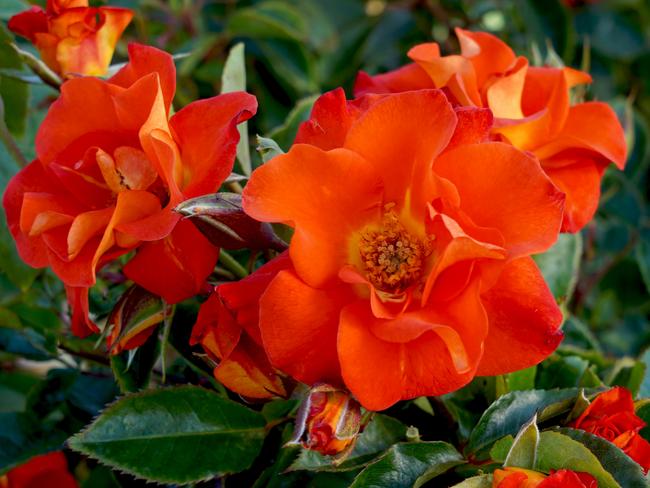
JODI LEE is an apricot, pink and peach rose with a mild fragrance was bred by French rose house Meilland. This floribunda rose to 1.2m was awarded the silver medal in the 2015 National Rose Trial Garden Awards. A portion of the proceeds goes to support the Jodi Lee Foundation to help prevent bowel cancer.
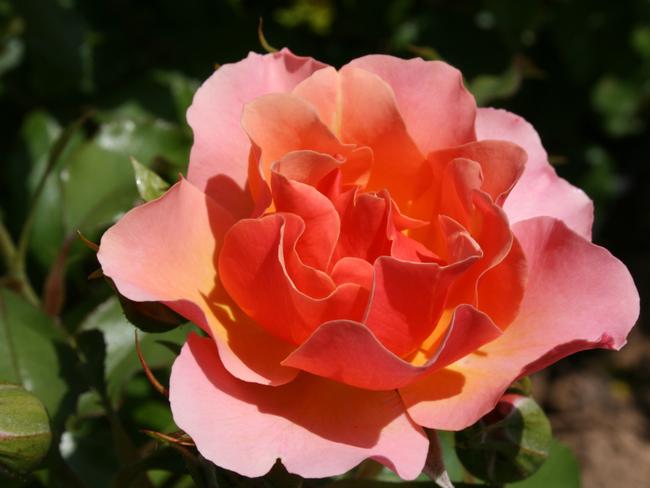
PUMPKIN PATCH is a Floribunda rose with a delightful colour from US rose breeder Weeks. Its rich copper buds open to produce clusters of large orange blooms. The rose grows to 1.5m.
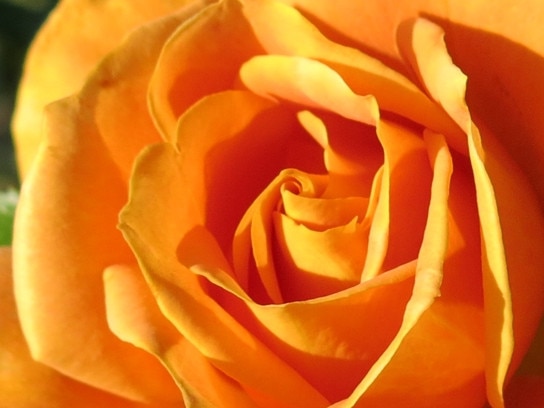
The rose is known as ‘the Queen of Flowers’. It is the most loved and prized flower across the world and few plants provide the stunning display that roses do. Many repeat flower, blooming for up to nine months of the year. Many varieties are scented and most make great cut flowers. While roses are best known for flowering from spring until autumn, bare-rooted specimens will be available in nurseries, garden centres and specialist rose nurseries very soon and during winter.
Bare-rooted roses are grown in paddocks and are dug out in late autumn or early winter when they are dormant. They are sold with their bare roots wrapped in sawdust and can be planted in June, July and August. The sawdust is discarded at planting time. Whether you are starting a new garden or just want to replace a few poor performers, now is the time to plan your purchases. In a sunny garden, roses will reward you with blooms, and they are remarkably hardy and waterwise once established.
While roses grow well in areas with dry summers, some varieties have been bred to tolerate humidity. To find out how best to grow roses where you live, contact your state’s Rose Society via rose.org.au
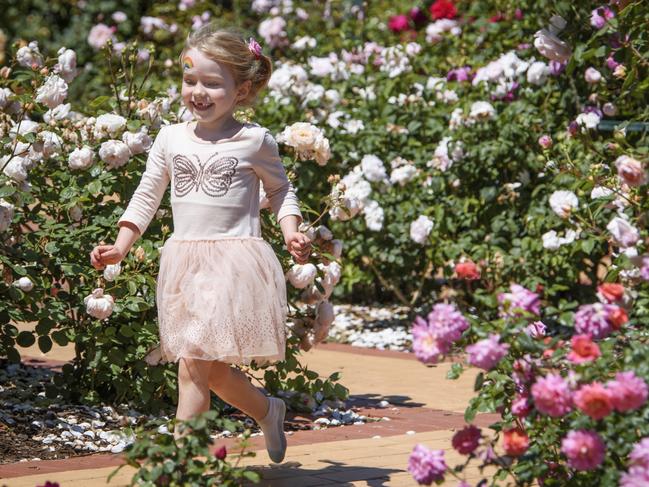
HOW TO GROW YOUR OWN KITCHEN GARDEN
Growing herbs can be tricky but if you follow a few basic rules you can’t go wrong.
“Herbs are some of the easiest plants to grow in the garden, in pots and even indoors on a windowsill,” says Tim Sansom from the Diggers Foundation.
And the easiest of all? Rosemary, thyme, bay leaf, sage and oregano, he says.
“They all originate from hot, dry climates like ours, so they enjoy a sunny spot and only need an occasional watering. These aromatic herbs are well-suited to planting in pots as well as in the garden.”
“Each herb has its own personality, some a little more challenging than others,” adds Simon Holloway, co-owner of Vegepod. “But, in general, herbs are a fabulous place to start for beginners as you don’t have to worry about growing beyond the first stages of leaves and into fruits or veg. Get some leaves going and you are ready to harvest.”
So seeds vs seedlings? The short answer is both.
“Herbs that grow into long-lived shrubs like bay leaf and rosemary are best started as potted plants,” says Tim. “For annual herbs (basil, chives, coriander – those that go from seed to flower and seed again, then die, in a single season) planting each season using seedlings is the easiest option but you can only access a small range of interesting types.”
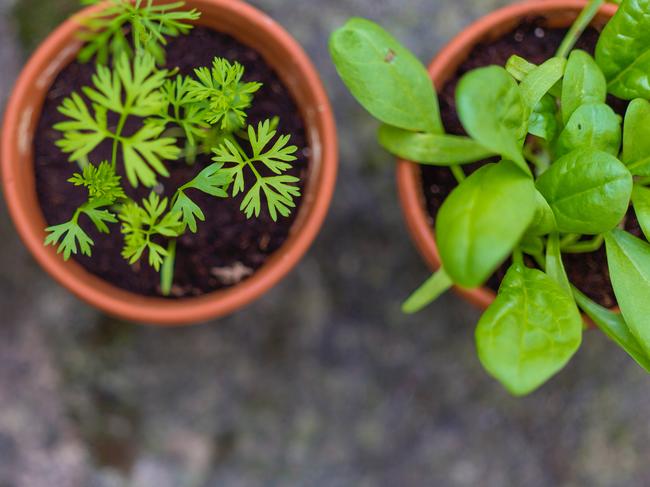
For the slightly more adventurous, growing from seed gives you a far wider choice of varieties to choose from.
So what’s best herbs to start with?
“Go for the easiest and most productive herbs,” says Tim.
“Rosemary, bay leaf, sage, thyme and oregano love the heat and, once established, they won’t die immediately if you forget to water them for a day.
“For quick pick leafy herbs for salads and garnishes, it’s hard to go past kitchen favourites such as basil, chives and parsley. Basil is best sown in spring, but parsley and chives can be sown in all but the hottest months of summer.”
And what is up with coriander?
“Coriander can be a bit tricky as it has a tendency to ‘bolt’ to seed,” he says. “This means it a young seedling starts flowering and producing seeds before it grows in leaves, so there is little to harvest.”
Tim’s tip? “Ensure that the young plants are well watered especially in hot weather.
In subtropical areas it is best to grow coriander in a spot protected from
afternoon sun.”
COMMON MISTAKES GROWING YOUR OWN KITCHEN GARDEN
Too much shade
“Most herbs prefer plenty of sun to thrive, if they get less than eight hours’ sun in summer they won’t grow as well, and their flavour will not be as rich. If you have a shady spot, don’t despair as mint thrives in the shade, and it is the only herb that you cannot overwater.”
Too much / too little water
A lot of our leafy kitchen herbs hail from hot, sunny and dry climates, but keen new gardeners can often over tend their new plants and drown them. “It’s always a good idea to check the moisture level in the pot before watering your herbs, and if it feels damp, don’t water them,” says Tim.
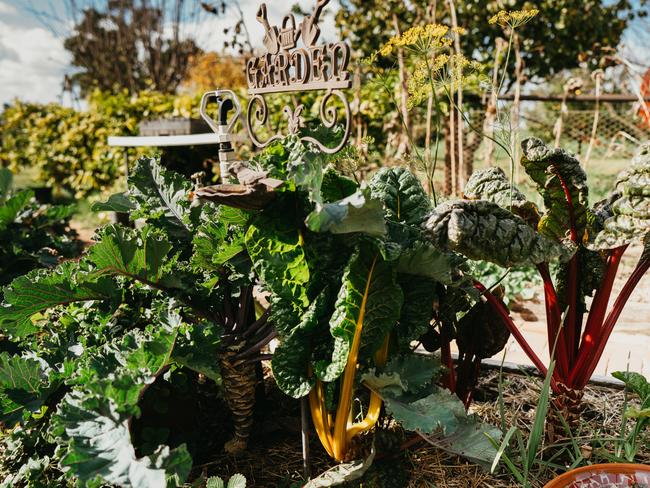
“Don’t over water and don’t under water,” agrees Simon. “You need to find the sweet spot as both can be damaging. A self-watering wicking bed can take the guess work out and leave it to the plants to take what they want when they want.”
Soils ain’t soils
“Soil is what provides your herbs with food, nutrients and a home, so don’t scrimp on it” says Simon. “You’ll get your money back by buying the certified premium potting mix. Look for the familiar tick logo of the Aussie standards for ‘premium’ grade.”
Overcrowding
It’s better to keep the plants in separate pots so they don’t overcrowd each other, says Tim, and the plants all get ample access to nutrients, water and sunlight. “If you are limited for space, you can plant several in a single pot, but make sure it is a large pot and you regularly liquid feed to keep them growing.”
SOPHIE THOMSON Q&A
Q. Are slaters a problem? I’ve read mixed accounts. B. Green
A. These tiny grey-brown, armadillo looking creatures are often found scurrying around in the garden, mainly at night, hiding under mulch and at the bottom of pots. They are crustaceans, not insects, and as such are related to prawns and crayfish. They are ‘nature’s garbage guts’, feeding on decaying organic matter and in most cases, they do not cause a problem. However, if their numbers build up beyond the natural balance, they may cause damage to new seedlings, ringbarking them and other fleshy stems.
They can also get into soft fruits such as strawberries, especially after another insect makes the first injury. To manage this, grow strawberries in pots or hanging baskets to keep the fruits off the ground, so the slaters can’t reach them. Avoid mulching around young tender seedlings for the first few weeks or put collars around them made from old plastic pots with the bottom removed. You can trap them in half juiced orange skins to keep them away from your treasured plants or use iron-based snail pellets in snail bait caddies, keeping it safe from other creatures. Allow chooks to free range in garden beds prior to planting new seedlings to reduce the slater population in advance. Old pot plants should be checked regularly and repotted if slaters have mined the potting mix from the drainage holes.
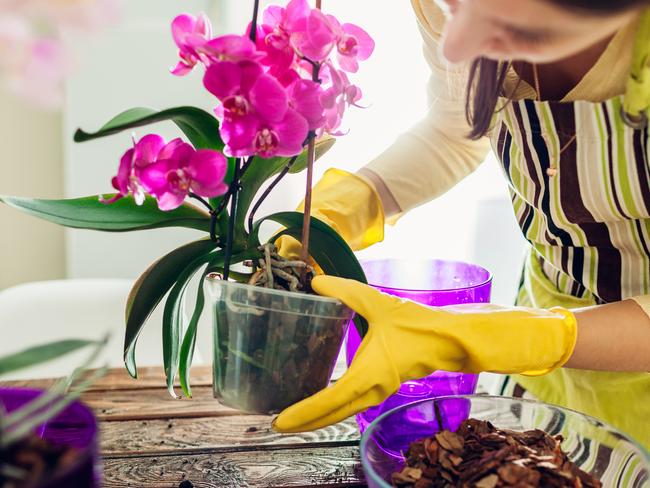
Q I have a lemon tree with lots of scale on branches which look dead and there are ants everywhere. Should I spray it with oil or get rid of it? Suzi
A. Scale is a common problem on a number of plants and it is likely to affect plants that are under stress. Scales sucks the sap of the plant and exude a sweet honeydew secretion. Ants carry scale from one plant to another so that they can go back to it and milk the honey dew. This secretion will appear as a sticky and slightly shiny covering on the stem or leaf, and it is in this secretion that an opportunistic fungus called sooty mould grows.
This mould gives the leaf and stem a dirty black or dead appearance. The treatment for scale is to take a multi-pronged approach by spraying with a horticultural oil such as Eco-oil, improving the growing conditions of the plant and stop the ants. Usually the things that stress the tree are a lack of water, fertiliser or root competition from large trees nearby. To stop the ants, get a ‘Fruit Tree Grease Band’, a green strip of plastic that is pre-greased with non-drying glue. You wrap this plastic around the trunk with the sticky side out so the ants get stuck on it as they try to cross the band.
Sophie Thomson is a television presenter and gardening author. Send Sophie your gardening questions at athome@news.com.au



